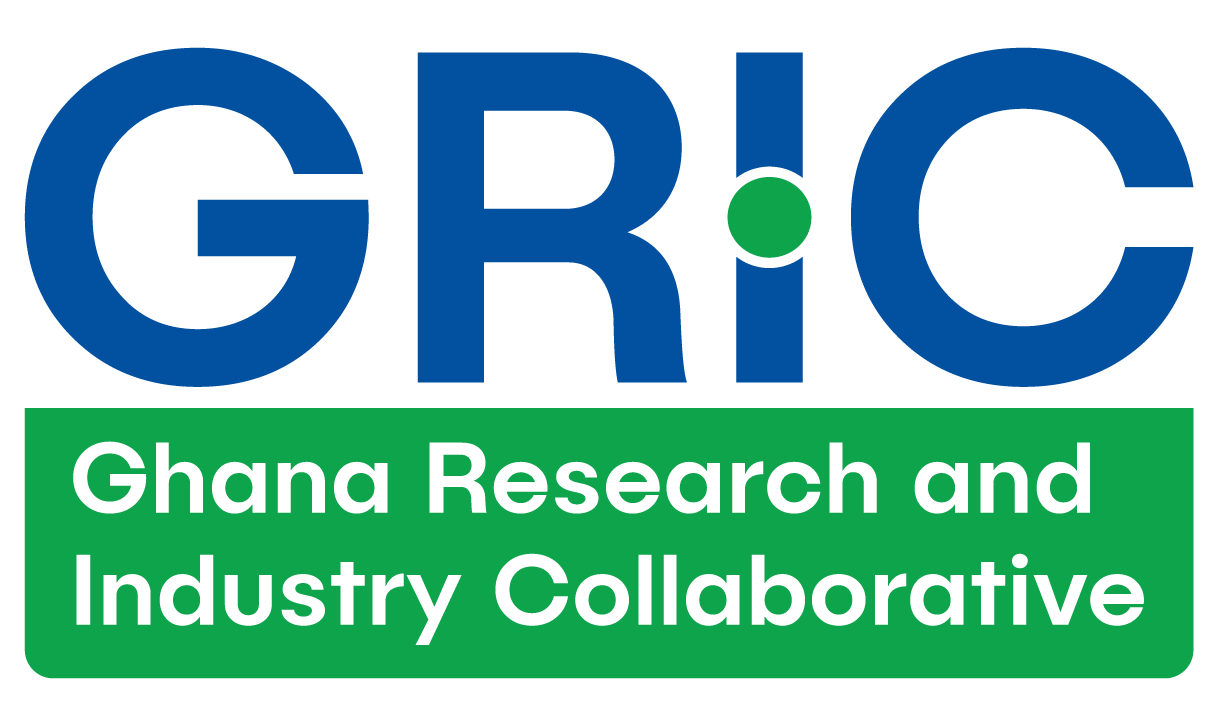Showing results for
Dr.Frank Idan
(Original Title: Farmers’ perceptions and willingness to adopt egg and snail shells as alternative calcium sources for poultry production in the Western region of Ghana)
Author(s): Alfred Kelvin Boakye, Bright Owusu Asante, Solomon Akutinga, Daniel Agyeman, Stephen Prah, Frank Idan, Christopher Antwi, Irene Serwaa Asante
Published on: October 9, 2023
Published on: October 9, 2023
Research themes: #Entrepreneurship #Impact Investing #Innovation #Sustainable Development #Agriculture
Abstract: This study assessed poultry farmers’ willingness in Ghana’s Western Region to use egg and snail shells as affordable calcium sources in poultry feed. Calcium is essential for strong eggshells and bird health, but traditional sources like oyster shells and limestone are costly. Using a multistage sampling method, data were collected from 284 poultry farmers through structured interviews. Descriptive statistics and regression analysis revealed that 80.28% of farmers were willing to use eggshells, while 65.49% favored snail shells. Education, farm size, access to loans, and extension services significantly influenced adoption. The findings demonstrate the potential of these alternatives to reduce feed costs by up to 20%, offering a sustainable and cost-effective solution.…View details
Miss.Beatrice Tagoe
(Original Title: Examining the effects of carrot juice addition on the physicochemical properties, bioactive profile and sensory properties of bissap extract during storage)
Author(s): Beatrice Naa Dedei Tagoe, Dr. Maame Yaakwaah Adjei, Dr. Idolo Ifie
Published on: September 24, 2024
Published on: September 24, 2024
Research themes: #Innovation #Food Science
Abstract: Hibiscus-based drinks like Bissap are popular in Ghana, but they spoil quickly during processing and storage, limiting their commercial use. This study explores the biochemical changes in bissap-carrot blends
during storage and their impact on sensory properties, with the aim of enhancing the commercial viability of bissap-based beverages. Four different formulations were tested: 100% Bissap extract; Bissap + Carrot juice extract; Bissap + Carrot + preservative, Bissap + Blanched Carrot + preservative. These blends were stored in plastic bottles at room temperature for 21 days, and their chemical and sensory properties were measured throughout the storage period. Key metrics such as pH, antioxidant activity, colour stability, and anthocyanin content were monitored, along with sensory attributes like flavour, aroma, and appearance. Results indicated that the addition of carrot juice reduced the natural sourness of bissap and improved pH stability and preserved antioxidant properties, while fresh carrots helped retain the colour pigments of the bissap over time. These findings provide insights for beverage manufacturers looking to extend the shelf life of bissap-based products while maintaining quality and sensory appeal.…View details
Dr.Emmanuel Adator
(Original Title: MLCs for Advanced Glaucoma Diagnosis: A Study within the Ghanaian Healthcare Context)
Author(s): Andrew Owusu-Ansah, Emmanuel Adator, Mercy Oforiwaa Berchie, Julius Markwei, Abraham Boakye Yiadom, Anang-Bey Kwame, Joseph Sa-Ambo Mannyeya
Published on: October 31, 2024
Published on: October 31, 2024
Research themes: #Innovation #Product Development #Artificial intelligence #Health
Abstract: This study focuses on automating the diagnosis of glaucoma, a leading cause of irreversible vision loss, through machine learning classifiers (MLCs). Using data from 605 patients in Ghana, the research integrated Optical Coherence Tomography (OCT) and Visual Field Test (VFT) parameters to predict glaucoma status. Ten machine learning algorithms were tested, with Naïve Bayes achieving the highest diagnostic accuracy (AUROC 0.92). The findings suggest that machine learning can significantly improve diagnostic efficiency and accuracy, particularly in resource-constrained settings.…View details
Dr.Isaac Mbir Bryant
(Original Title: Photolysis of examethylenediaminetetra (methylenephosphonic acid) (HDTMP) using manganese and hydrogen peroxide)
Author(s): Ramona Riedel, Isaac M. Bryant, Robert Jensch, Stephan Liebsch, Marion Martienssen
Published on: January 14, 2020
Published on: January 14, 2020
Research themes: #Innovation
Abstract: This study investigates how a chemical used in water treatment, hexamethylenediaminetetra(methylenephosphonic acid) (HDTMP), can be broken down using ultraviolet (UV) light, manganese (Mn²⁺), and hydrogen peroxide (H₂O₂). The research finds that adding hydrogen peroxide significantly speeds up the breakdown of HDTMP, while manganese also helps but to a lesser extent. The study provides insights into how these methods can be used to treat wastewater containing persistent chemicals like HDTMP.…View details
Prof.Ernest Teye
(Original Title: Cocoa bean and cocoa bean products quality evaluation by NIR spectroscopy and chemometrics: a review)
Author(s): Ernest Teye, Ellliot Kwaku Anyidoho, Robert Agbemafle, Livingstone K. Sam-Amoah, Chris Elliott
Published on: November 5, 2019
Published on: November 5, 2019
Research themes: #Innovation
Abstract: This review discusses how Near Infrared (NIR) spectroscopy can be used to quickly and accurately measure the quality of cocoa beans and cocoa products. NIR spectroscopy is a non-invasive technique that helps in evaluating cocoa beans for factors like chemical composition, origin, and quality, which are crucial for ensuring the best products. The study highlights how this technology can be applied to the entire cocoa production process, from the beans to the final products, offering a faster, more reliable way to assess cocoa quality compared to traditional methods.…View details
